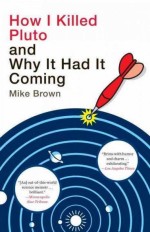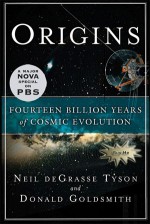NASA's Earth Minute series on global climate change
Did you know NASA has studied Earth more than any other planet in our solar system? It's one of NASA's most important missions and its unique capabilities in space give us a global view of our changing planet. Subscribe in YouTube to this bi-weekly animated series as NASA looks at earth science topics and explains why climate change is a big deal in 90 seconds or less.




